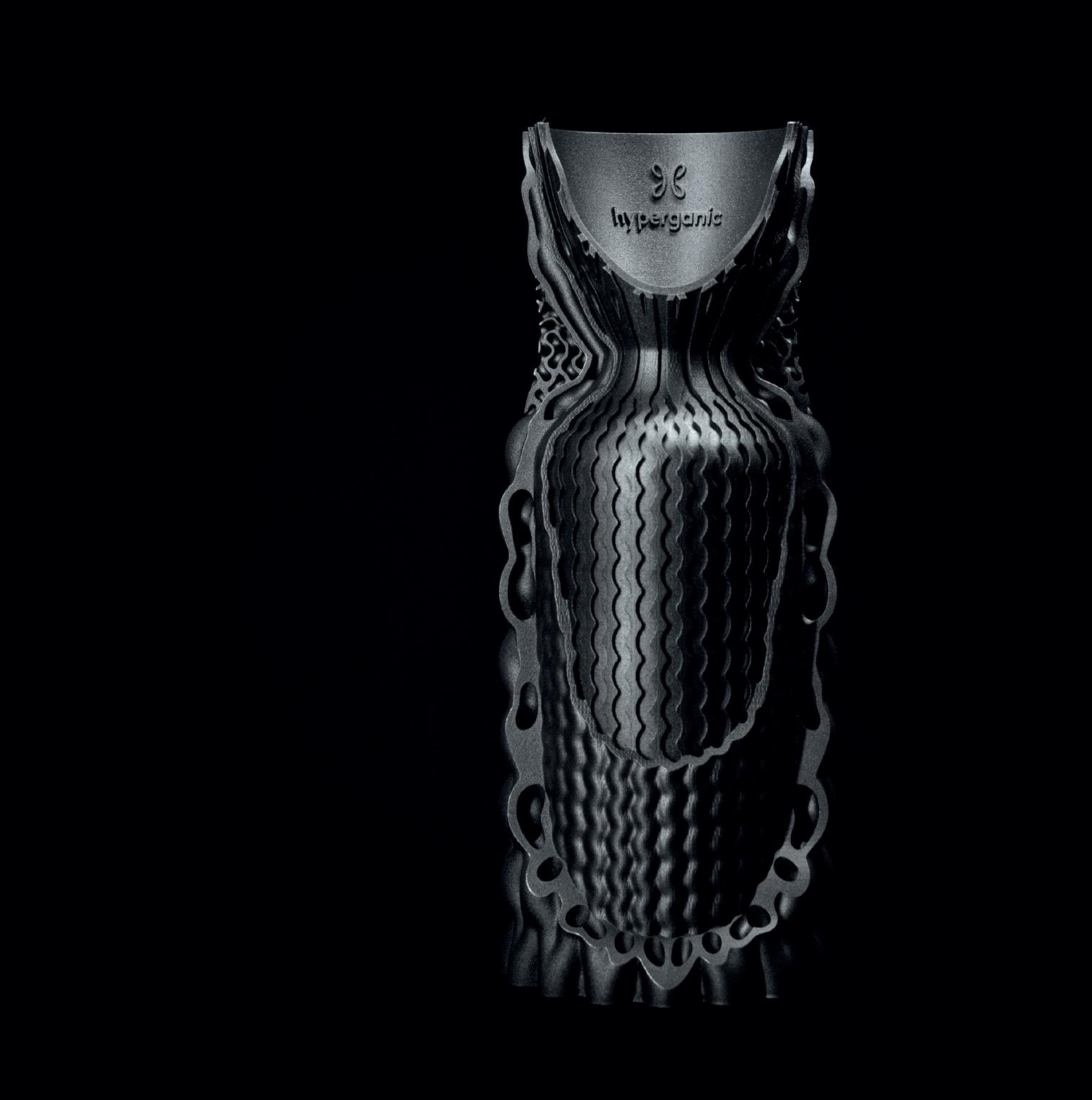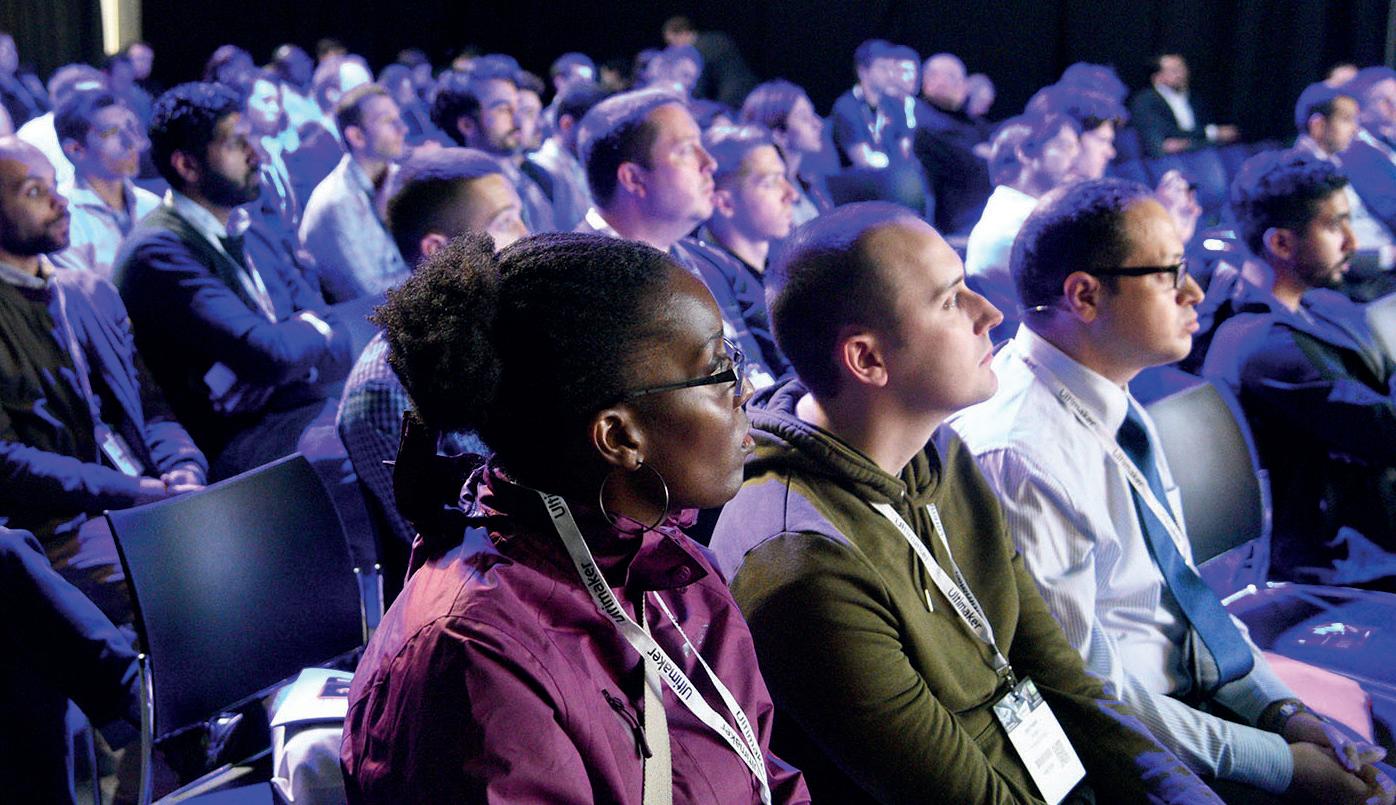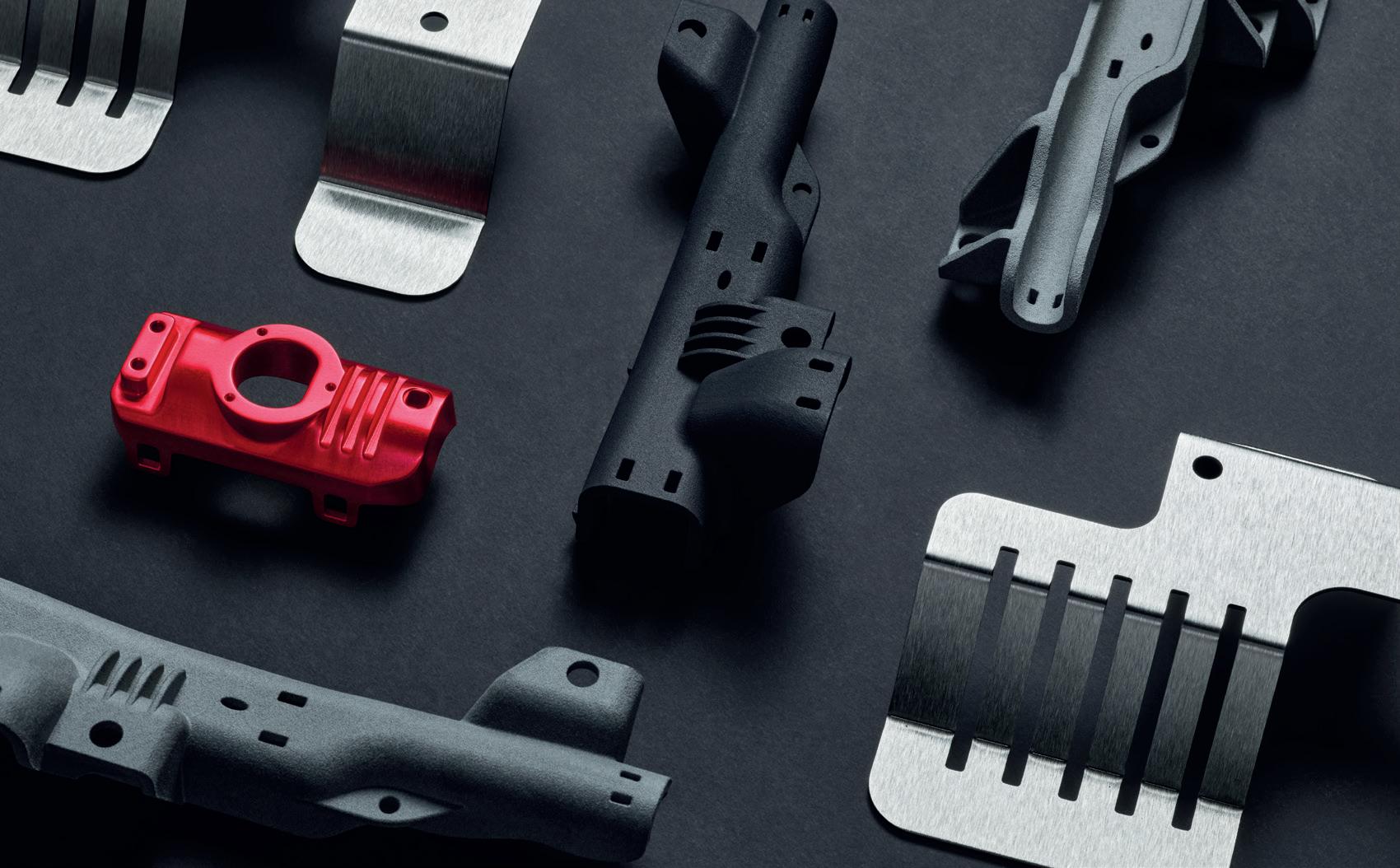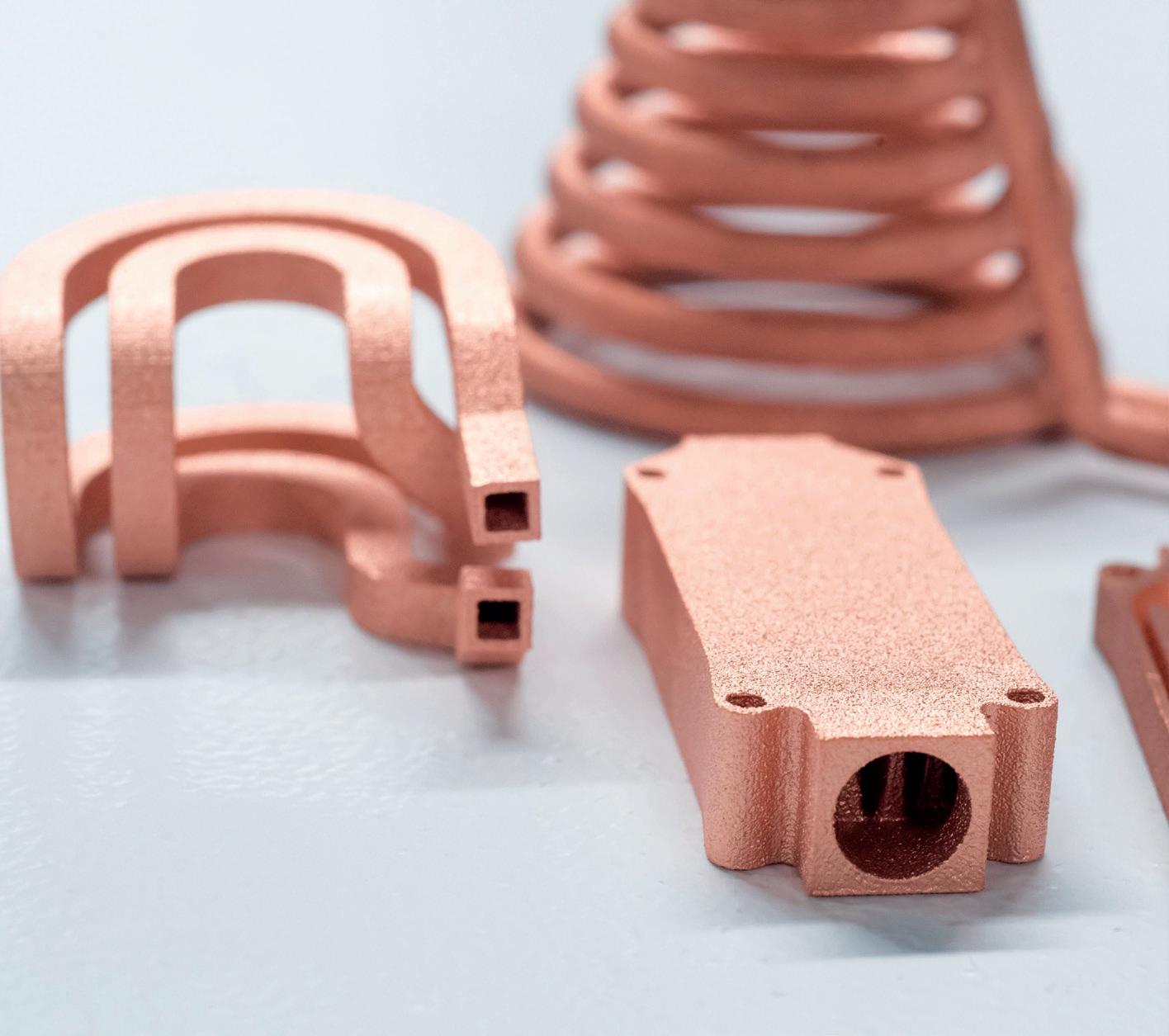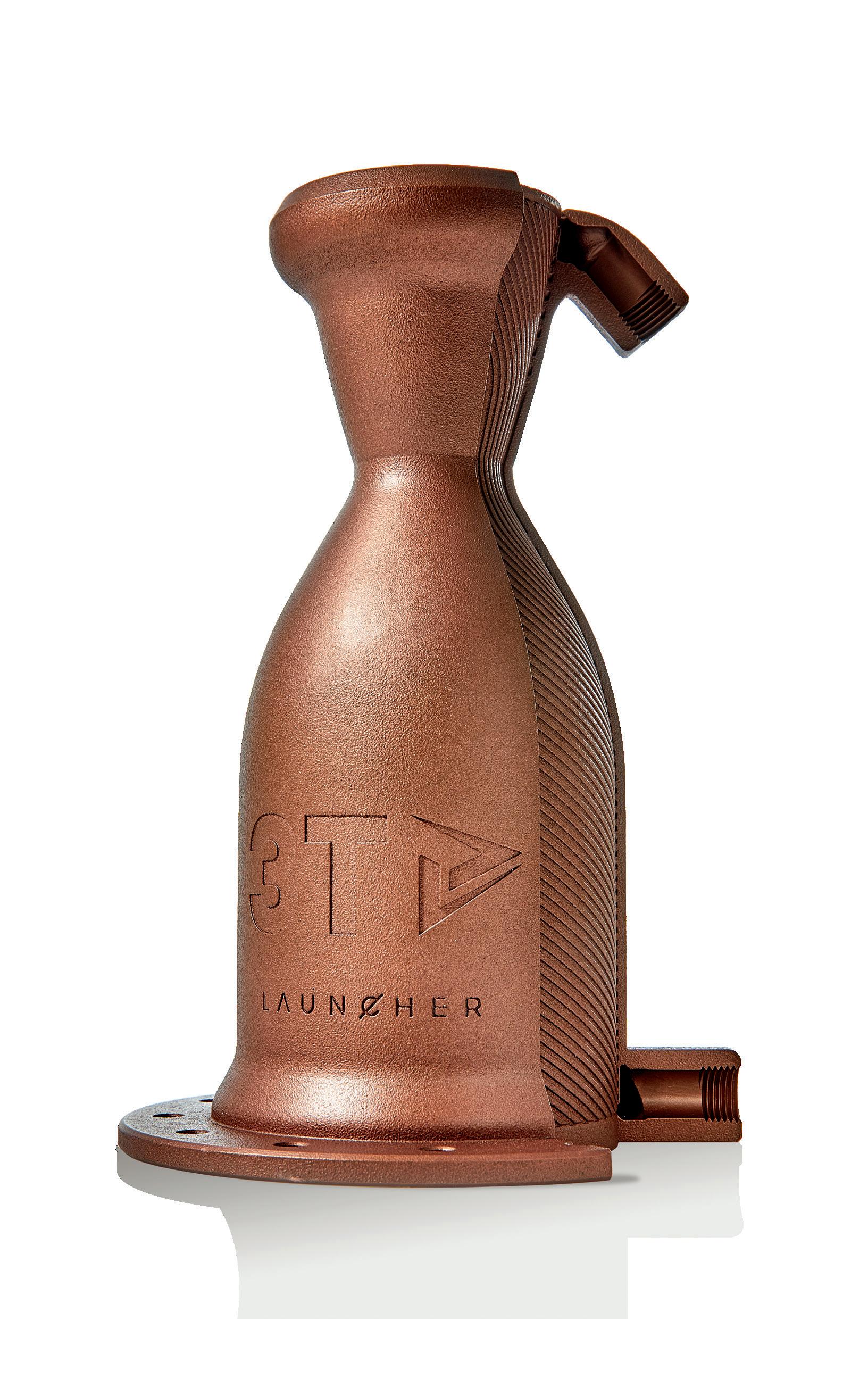Tooling, jigs & fixtures
CYCLE
Senior Content Producer Sam Davies speaks to Mantle CEO Ted Sorom & CCO Paul DiLaura about the company's TrueShape technology.
F
or a company emerging from its stealth status with what it believes to be a disruptive technology, there is no greater validation than seeing investors put their hands in their pockets to support that initial thrust into the market. Except, perhaps, one of those investors being former Apple inventor Tony Fadell, and Tony Fadell saying that he wishes he had what Mantle is bringing to the table when he was working on the Nest, iPod and iPhone projects. Quite understandably, it has buoyed the company, reinforcing its belief that its TrueShape technology is going to take months out of manufacturing development cycles and allow customers a much greater speed to market. “Anyone that truly understands the product development process, what it takes to go from finished design and then to have everything slow to a halt as you have weeks, if not months, of time when it’s tooled up and you’re trying to get it right for manufacturing before you can get it to your customers, gets excited about what we’re doing,” Mantle CEO Ted Sorom begins. “Tony is an outsized figure that understands this. That’s why he invested in us and why he’s involved in the company because he understands that delivering speed and improvements to product quality in the manufacturing has a huge impact on the products we see around us.” TrueShape combines an extrusion additive manufacturing technique with subtractive finishing in a hybrid process. It sees Mantle’s Flowable Metal Paste material printed in the shape of the part using a precise positioning system and extrusion print-head before
the deposited layers are automatically shaped using high-speed cutting to enhance the surface finish and detail. Parts are then heated to a temperature just below melting point inside a hightemperature furnace, before being fused into dense, solid components. Mantle says its process adds higher precision in the part prior to sintering than many of its competitors, with its shrinkage rates closer to 9-11% compared to their 17-20%, and is capable of achieving ‘extremely smooth’ two-micron RA surface finishes without bead blasting or external finishing. Parts are typically ready for use once cleaned with soap and water. It is this, the removal of arduous postprocessing steps and delivery of tooling components at quick speeds, that has drawn the interest of such big-name companies. “We’re able to not just reduce the cost of new product introduction, but more importantly, speed products to market,” Sorom says. “That’s where the major OEMs we’re working with get
“We're able to not just reduce the cost but speed products to market.” really excited, because folks like NASA, Apple, Tony Fadell, they have funds to be able to tool up their products, but they don’t have a way to speed up that cycle today and to dramatically improve the time to market.” Currently, Mantle offers H13 and P2X (a P20-like material with improved corrosion and abrasion resistance) tool steel materials, placing its initial focus on high hardness tool steels with additional materials ‘relevant to the tooling industry’ in the pipeline. On the software side, Mantle’s offering can automatically process both the additive and subtractive components of the process, meaning users don’t have to swap between separate software packages to prepare their CAD/CAM files. By doing this, Mantle believes it is offering a technology that covers the ‘hardest, most time-consuming and costly portion of the mould build’ and does it much faster than any other company can. Though Mantle has been operating in stealth, it has already begun working with several manufacturers to put these claims to the test. Among them is leading cosmetics brand L’Oreal who has helped Mantle to validate the technology through the printing of precision moulds. As Mantle launched
SHOWN: MEDICAL DEVICE MOULD PRODUCED WITH TRUESHAPE TECHNOLOGY
29.3 / www.tctmagazine.com / 023


